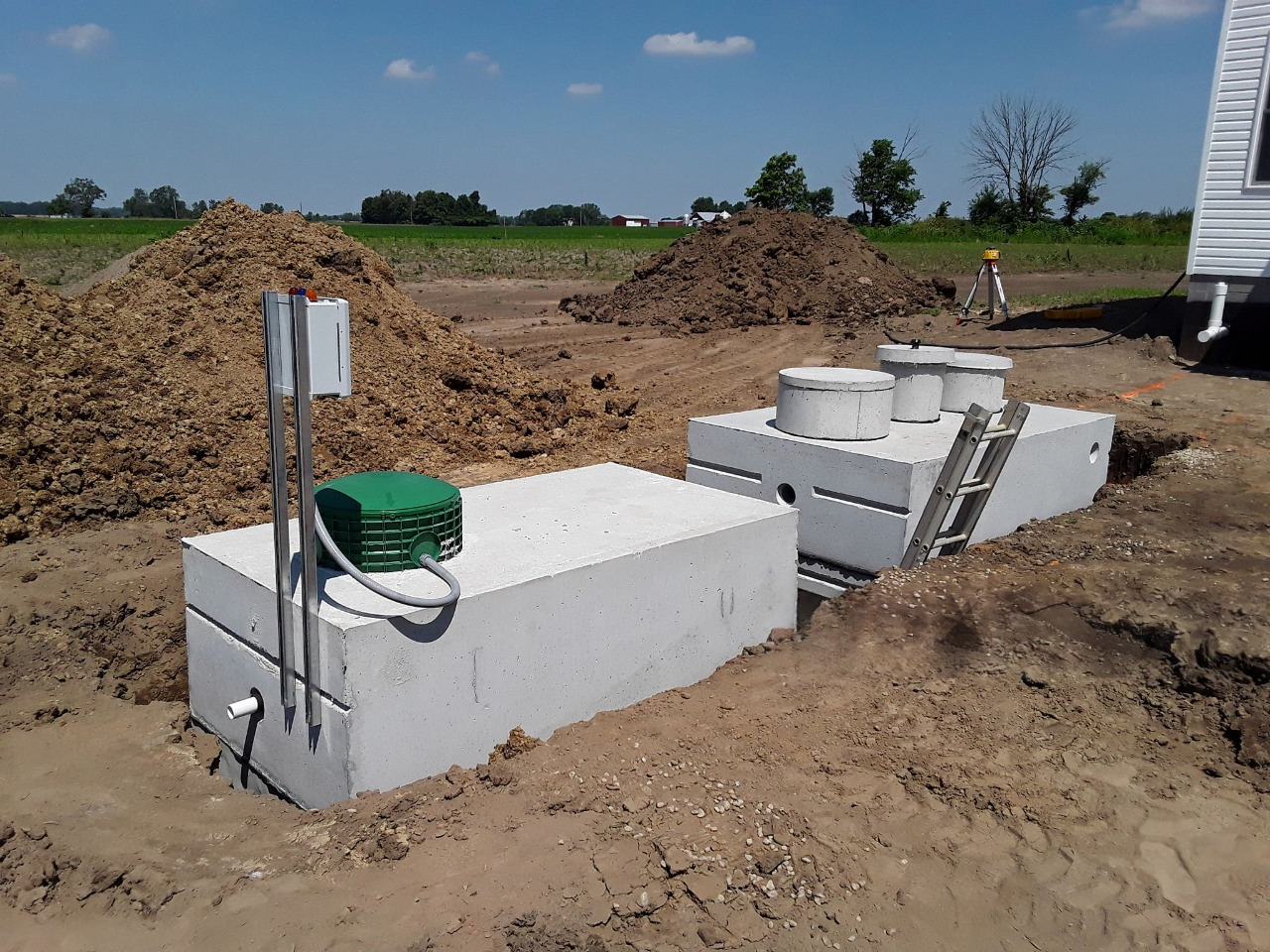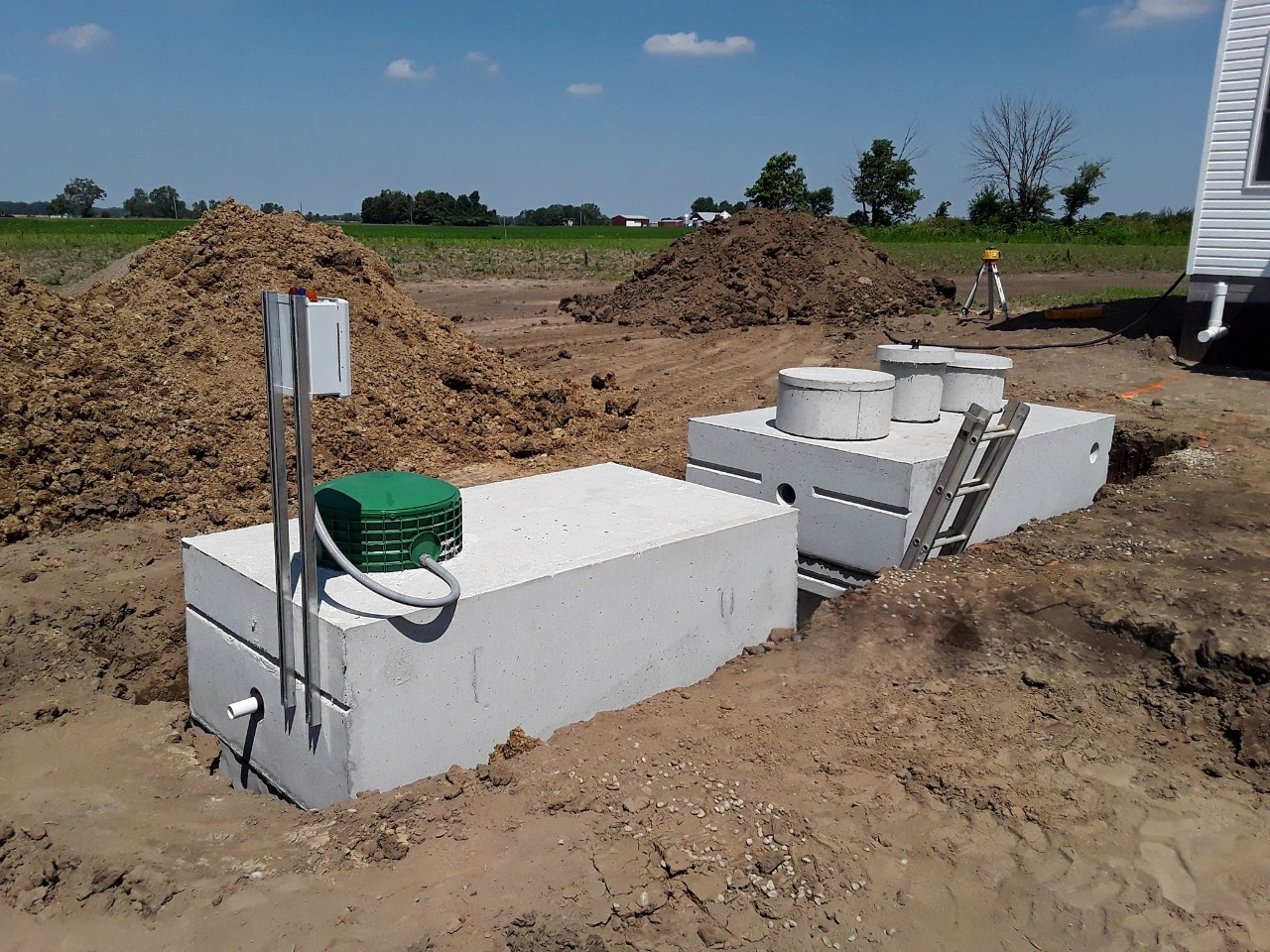For fuel station owners across Zimbabwe, what lies beneath the forecourt represents both their greatest asset and potentially their greatest liability. Underground storage tanks (USTs) are critical infrastructure that often receive insufficient attention until problems emerge—at which point remediation costs can be staggering.
When a mid-sized fuel network with eight locations commissioned a comprehensive integrity assessment of their underground systems, the findings were concerning. Despite having documentation of regulatory compliance, three sites showed early signs of containment system deterioration that could eventually lead to environmental contamination.
"We had been focusing our maintenance budget on visible equipment—the dispensers, pumps, and forecourt areas that customers see," explains the company's Director. "Finding out we had potential issues developing underground was a wake-up call."
The assessment, conducted by certified storage system specialists, utilized advanced technologies including ultrasonic thickness testing, vacuum monitoring, and precision leak detection methods capable of identifying seepage as small as 0.1 liters per hour.
These sophisticated diagnostic approaches revealed issues that standard inspections had missed:
- Microscopic stress fractures in fiberglass tank walls
- Deteriorating seals at pipe connections
- Accumulation of water in monitoring wells
- Corrosion in metallic components of the containment system
"What was particularly valuable was the preventive guidance we received," notes the Environmental Compliance Manager. "Rather than simply identifying problems, we were provided with a prioritized remediation plan that allowed us to address critical issues immediately while budgeting for longer-term improvements."
The most significant finding was that regular testing had been conducted at intervals too wide to identify developing problems early. By implementing quarterly monitoring rather than annual inspections, potential issues could be addressed before they escalated to regulatory violations or environmental incidents.
For station owners seeking to protect their investment, experts recommend:
- Establishing baseline integrity measurements for all UST components
- Implementing continuous monitoring systems with remote alert capabilities
- Maintaining comprehensive documentation of all testing, maintenance, and remediation
- Training staff to recognize early warning signs of potential containment failure



